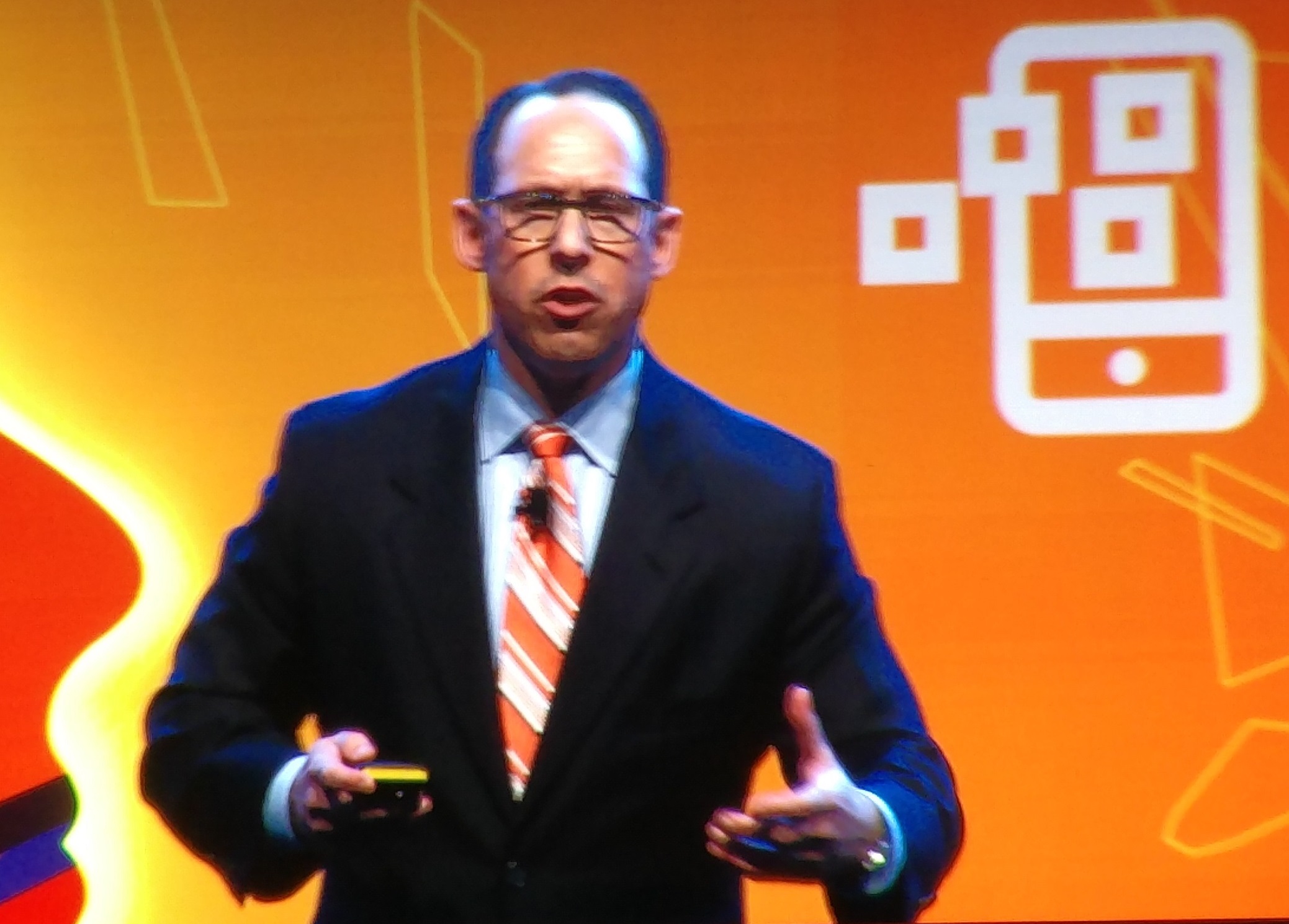MWC Asia: Two views on IoT
 Monday, July 4, 2016 at 4:59PM
Monday, July 4, 2016 at 4:59PM IoT was the headline topic at MWC Shanghai last week, both in the conference hall and in the booths. 5G got a good workout but it's still just a talking point. There was plenty of love for VR, though - Huawei's current chief Eric Xu even suggested it might even be more critical to 5G than IoT.
 But connecting machines is what has really grabbed the attention of telcos right now. For one thing, that means NB-IoT was standardised in record time. It also means operators have stopped complaining about becoming a 'dumb pipe.'
But connecting machines is what has really grabbed the attention of telcos right now. For one thing, that means NB-IoT was standardised in record time. It also means operators have stopped complaining about becoming a 'dumb pipe.'
Right now car are the biggest game in IoT town. “We at AT&T think the car is the next great connected device,” said AT&T Mobility president Glenn Lurie.
In his pitch to MWC, he said the US operator has 8m connected cars in the US, relationships with 19 auto brands and is taking its platform worldwide.
AT&T also offers automated smart home security in 84 cities and is taking that platform to operators worldwide as well.
Lurie says AT&T sees a $1.5 trillion in smart city business by 2020 - though he didn't say how much of that was addressable by telcos.
But what is very different about IoT is that it involves industry as well. Instead of vendors and operators working through their way through 3GPP work items and presenting them to a grateful public, they have some very demanding businesses in the room at every step.'
Again, auto firms are reconfiguring their business models to improve efficiency.
As Scania executive director Mats Harbon put it: “Instead of us being a provider of vehicles we would be a provider of total system integration. That is a totally different thing from being a truck owner.”
Scania has just conducted its first trial of self-driving vehicles. The advantages? For one thing it means trucks can enter mines at any time. Right now drivers often have to wait for hours emission of gases inside mines. It also means more space in the vehicle.
The bigger impact will be on efficiency. Like being able to run fleets of trucks in 'platoons' - ie, at very close proximity to each other - to save running costs.
Harbon expects the early use of self-drive vehicles will be in mines and other concealed areas, where we are not mixing with the rest of the traffic. Harbon says that in ten years 50% of all trucks will be connected. Scania is running a fleet management trial in southern China to test some of these.
 Robert |
Robert |  Post a Comment |
Post a Comment | 
Reader Comments